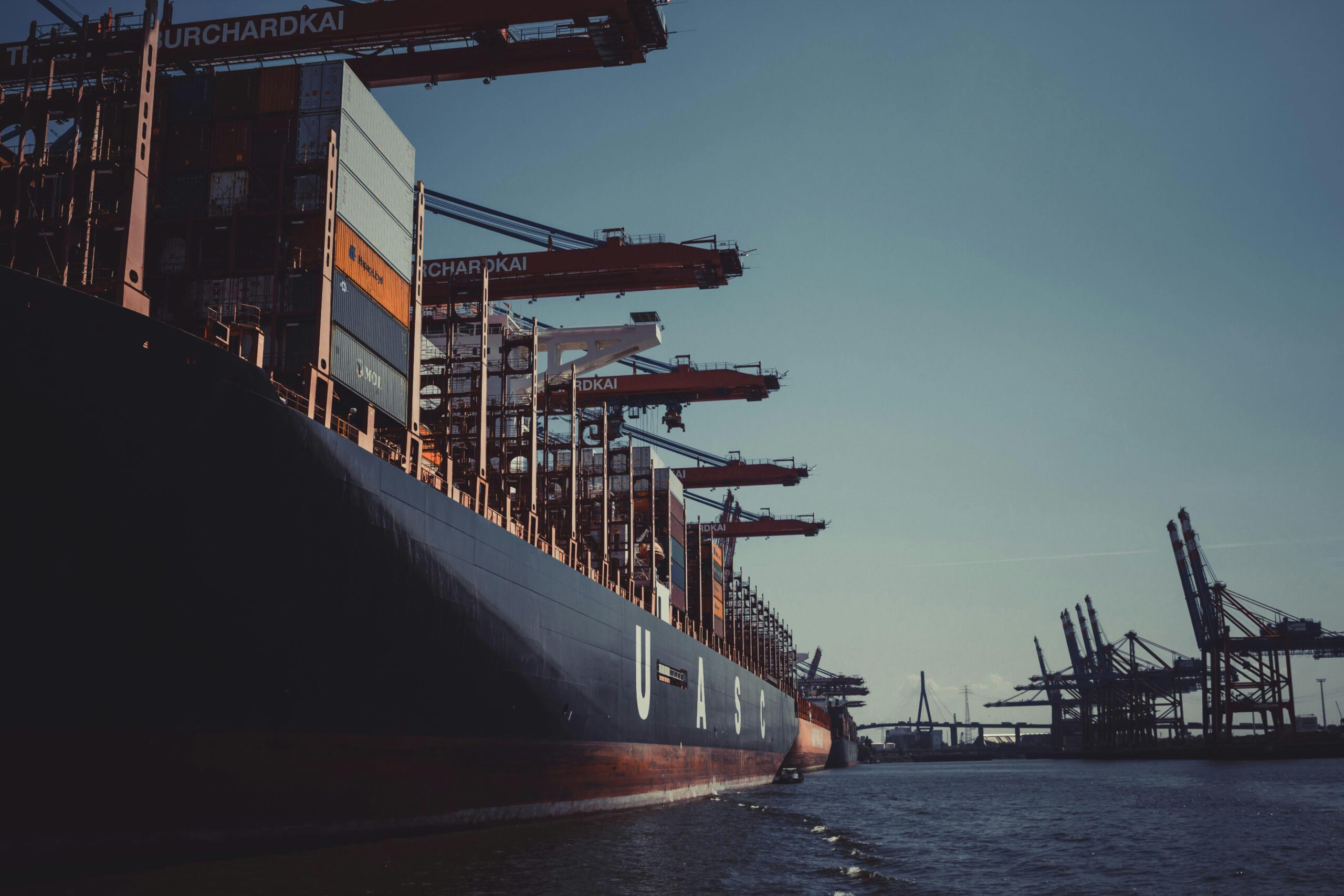Efficient logistics is essential for keeping businesses running smoothly. Whether it’s managing deliveries, storage, or transportation, companies need to find ways to cut costs, speed up operations, and improve reliability. This article explores practical strategies for optimizing logistics and handling common challenges.
What is Logistics Optimization?
Logistics optimization is about making the process of moving and storing goods more efficient. It involves improving transportation, warehouse management, and inventory control to reduce waste and increase productivity. Companies use technology, data, and strategic planning to avoid delays and keep their supply chains running smoothly.
Practical Ways to Improve Logistics
1. Using Data to Plan Better
Businesses that analyze past trends can predict demand, improve delivery routes, and manage inventory more effectively. Instead of reacting to problems, they can prevent issues like overstocking or last-minute shortages.
2. Reducing Transportation Costs
Transportation is one of the biggest expenses in logistics. Companies use GPS tracking, route optimization tools, and real-time traffic updates to reduce fuel costs and avoid delays. Smart transport planning leads to faster deliveries and lower expenses.
3. Speeding Up Warehouse Operations
Automation in warehouses helps speed up processes and reduce mistakes. Barcode scanning, robotic pickers, and real-time inventory tracking help companies fulfill orders more quickly and accurately.
4. Keeping Inventory Balanced
Proper inventory management prevents wasted space and unnecessary costs. Businesses use automated restocking, demand forecasting, and Just-In-Time (JIT) inventory systems to maintain the right stock levels.
5. Improving Communication in the Supply Chain
Strong communication between suppliers, manufacturers, and shippers is key to avoiding delays and mismanagement. Cloud-based tracking systems help businesses monitor shipments, share data, and stay updated in real time.
6. Sustainable Logistics Practices
More companies are looking for eco-friendly solutions in logistics. Reducing packaging waste, using fuel-efficient vehicles, and switching to energy-saving warehouse systems help lower costs while benefiting the environment.
Technologies Changing Logistics
- AI and Machine Learning: Helps predict demand, manage inventory, and optimize routes.
- Internet of Things (IoT): Tracks shipments and monitors vehicle conditions.
- Blockchain: Provides secure, transparent transactions for logistics operations.
- Cloud-Based Software: Streamlines inventory and supplier management.
Common Logistics Challenges
Despite advancements, businesses still face logistics challenges, such as:
- High costs of implementing new technology
- Resistance to change from traditional logistics teams
- Cybersecurity risks with cloud-based systems
- Supply chain disruptions due to unexpected global events
The Future of Logistics Optimization
The logistics industry is evolving with AI-driven platforms, autonomous delivery vehicles, and drone shipments. Businesses that adopt modern solutions will stay ahead by improving efficiency and reducing costs.
Key Takeaway
Optimizing logistics is critical for businesses aiming to reduce expenses and improve service. By using technology, data, and smarter strategies, companies can create a stronger, more reliable supply chain. As new innovations emerge, logistics will continue to become more efficient and adaptable.

